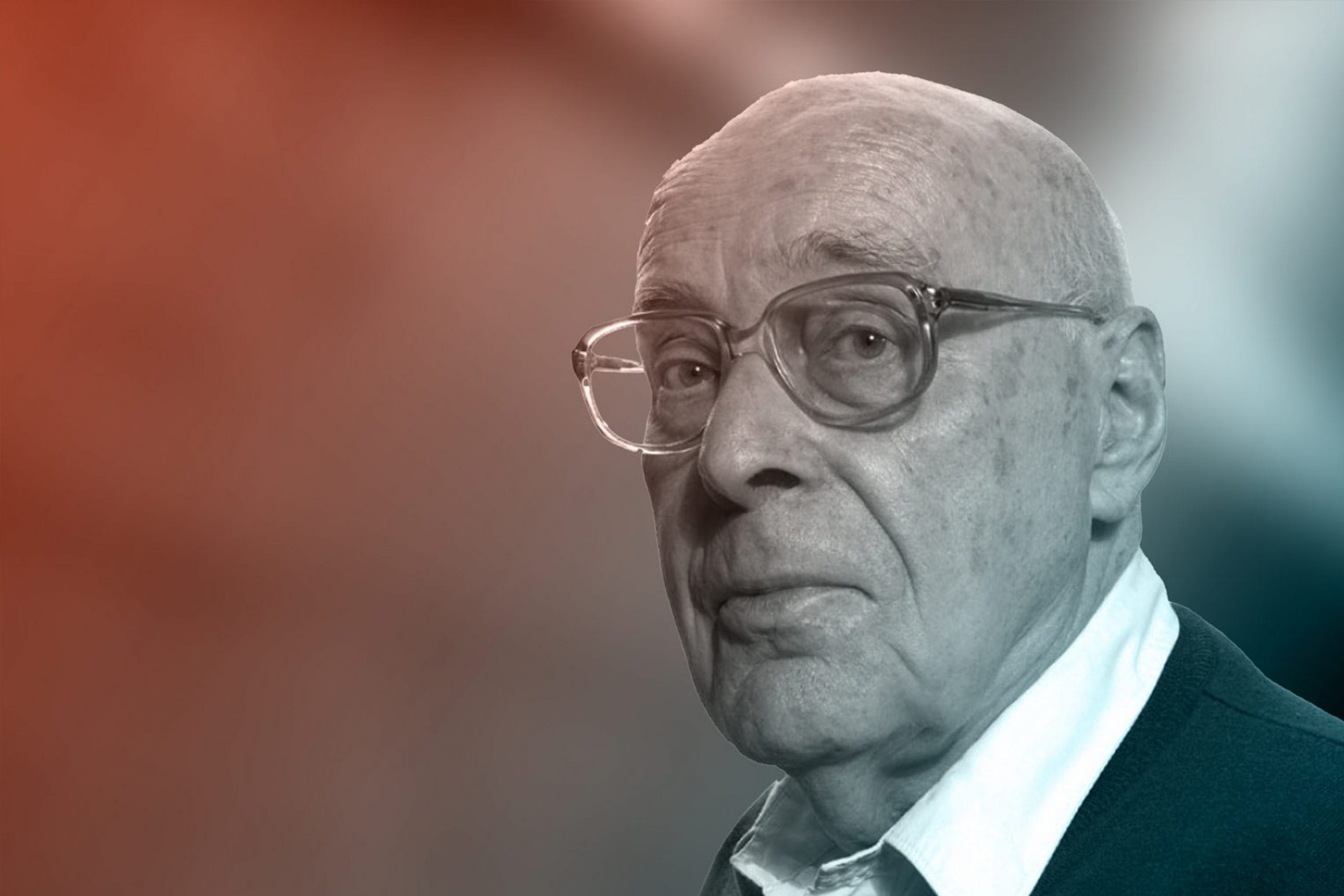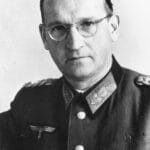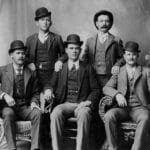Did you know that Hans Albert Einstein is the son of the legendary physicist Albert Einstein? While he could have easily lived in the shadow of his father’s towering legacy, Hans Albert forged his own path, becoming a renowned figure in the field of hydraulic engineering. This article delves into the life and accomplishments of this remarkable scientist, exploring his significant contributions to our understanding of rivers and sediment transport.
From Bern to Berkeley: Shaping River Engineering
Born in Bern, Switzerland, in 1904, Hans Albert inherited his father’s intellectual curiosity but gravitated towards the practical applications of engineering. This fascination led him to study civil engineering at ETH Zurich, his father’s alma mater, graduating in 1926. After a stint as a structural engineer in Germany, he returned to academia, earning his doctorate in technical sciences in 1931.
As political tensions rose in Europe, Hans Albert, like many other academics, sought refuge in the United States. In 1938, he emigrated and eventually joined the faculty of the University of California, Berkeley, in 1947. It was here that he truly flourished, becoming a pioneering researcher in the field of hydraulic engineering.
Unveiling the Secrets of Sediment Transport
Hans Albert’s research focused on a fundamental aspect of river systems: sediment transport. He sought to understand how rivers carry sand, rocks, and other materials, shaping landscapes and influencing everything from flood patterns to water resource management.
His most significant contribution to the field was the development of the “bed-load function,” a concept that revolutionized our understanding of how sediment moves along the bottom of a river. This groundbreaking work had profound implications for river engineering, providing a scientific basis for designing more effective flood control measures, building safer bridges, and sustainably managing water resources.
A Legacy of Research and Mentorship
Beyond his groundbreaking research, Hans Albert was a dedicated educator and mentor. As a professor at UC Berkeley, he inspired generations of engineers, sharing his passion for hydraulics and nurturing their intellectual growth. His legacy lives on not only through his published works, including his seminal book “Sediment Transport in Open Channel Flow” (1950), but also through the countless engineers he influenced throughout his career.
Navigating Life in a Famous Shadow
While Hans Albert’s contributions to engineering are undeniable, his life story also offers a glimpse into the complexities of growing up in the shadow of a renowned parent. While the exact nature of their relationship remains a subject of speculation, historical accounts suggest a mixture of admiration and strain.
Despite the inevitable comparisons and perhaps even unspoken expectations, Hans Albert forged his own unique path, proving that it is possible to carve out one’s own identity even when living in the shadow of greatness.
A Lasting Impact on Our World
Today, the impact of Hans Albert Einstein’s work can be felt across the globe. His research on sediment transport continues to inform the design of dams, bridges, and irrigation systems, shaping how we interact with and manage our planet’s precious water resources. He serves as a reminder that scientific progress often stems from a deep understanding of seemingly simple natural processes, and that even the most complex challenges can be tackled with dedication, ingenuity, and a passion for discovery.
- Crypto Quotes’ Red Flags: Avoid Costly Mistakes - June 30, 2025
- Unlock Inspirational Crypto Quotes: Future Predictions - June 30, 2025
- Famous Bitcoin Quotes: A Deep Dive into Crypto’s History - June 30, 2025
















